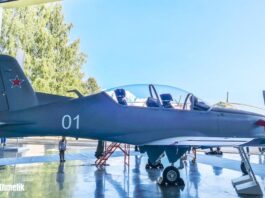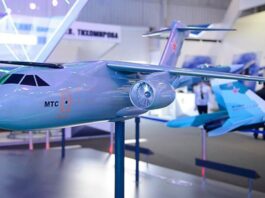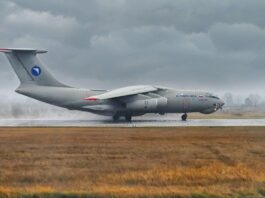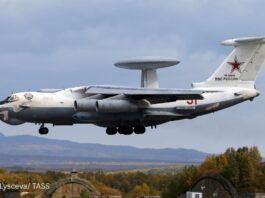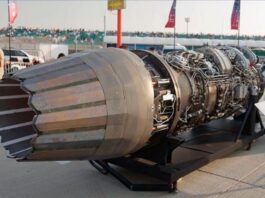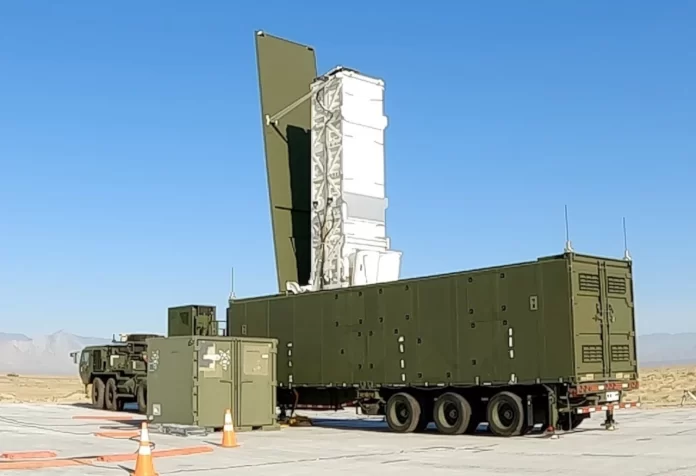
The United States Army (US Army) announced on June 27, 2023, that a demonstration and test launch of a Tomahawk cruise missile from a mobile ground launcher of the first experimental battery of the new American ground-based missile system of medium and shorter range, Mid-Range Capability (MRC) (officially named Typhon), which Lockheed Martin Corporation manufactured was successful.
The launch was carried out by the Rapid Capabilities and Critical Technologies Office (RCCTO) of the United States Army in collaboration with the Unmanned Aviation and Strike Systems Programme Office of the United States Navy and the 1st Multi-Domain Task Force (MDTF), which is comprised of the experimental battery of the MRC Typhon system. According to a statement released by the US Army, the launch served as evidence of the experimental battery’s preparedness for operational use.
According to the statement, at the beginning of the year, the same experimental battery of the MRC Typhon system successfully launched an SM-6 Standard missile.
On December 3, 2022, an experimental battery of the MRC Typhon missile system was delivered to the US Army for testing purposes. After the US and the Soviet Union withdrew from the Intermediate-Range Nuclear Forces Treaty in 1987, this battery became the first medium-range missile system to be deployed by the US Army in over thirty years.
The MRC Typhon is a mobile ground-based missile system with a medium range that was created specifically for use by the US Army. It was named after the mythological monster Typhon from Greek mythology, who competed against Zeus. The subsonic Raytheon Tomahawk cruise missile and the versatile (anti-air and anti-surface) supersonic quasi-ballistic Raytheon Standard SM-6 missile are examples of ship-launched missiles currently in service by the United States Navy. The system is designed to use both of these types of missiles simultaneously. Both types of missiles will be launched from the ground-based variation of the Mk 41 Vertical Launch System. This system version has a four-container arrangement on a tractor-towed, trailer-mounted mobile launcher, and it will be used to launch the missiles. It is planned that the missiles will not have any particular modifications for the basic configuration of the US Navy. It is believed that a ground-launched Tomahawk cruise missile (in variations Block IV and V) equipped with a conventional warhead can travel up to 1,800 kilometres, but Standard SM-6 missiles, when launched on a quasi-ballistic trajectory, can reach up to 460 km.
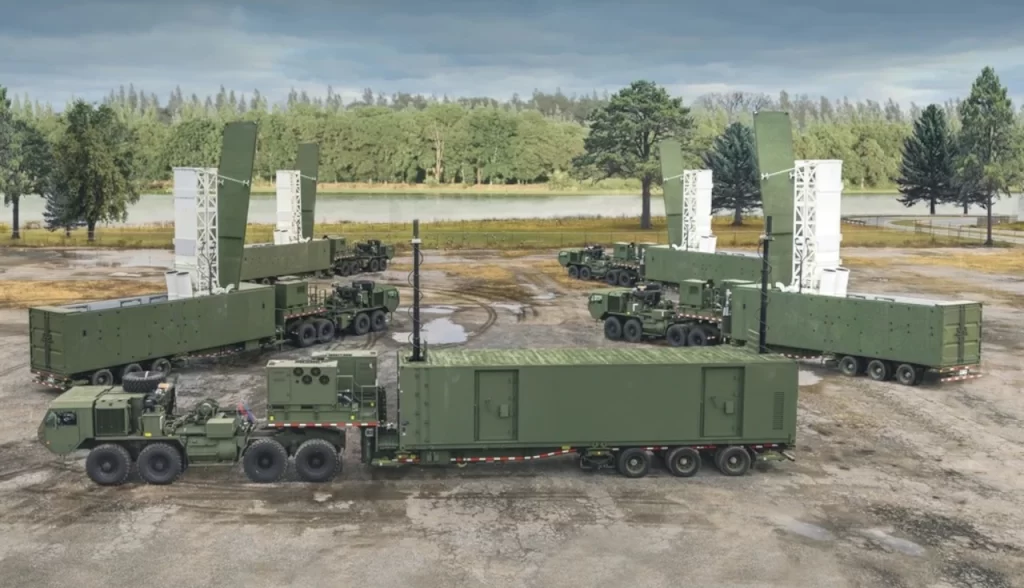
The MRC Typhon system could incorporate additional “surface-to-surface” missiles, including hypersonic ones, which could be developed for deployment on ships employing the Mk 41 Universal Vertical Launch System. The US Army anticipates that the MRC Typhon system will serve as an intermediate-range link between the future Lockheed Martin Precision Strike Missile (PrSM) with a range of 499-550 kilometres (potentially up to 1,000 kilometres) and the future ground-launched medium-range hypersonic missile system LRHW (Long Range Hypersonic Weapon, also known as Dark Eagle), with a claimed range of over 2,775 kilometres.
During its development, the RCCTO was the system’s administrator as the MRC Typhon. In November 2020, the contract to build and test a prototype battery of the ground-based MRC missile system, which will use Tomahawk and SM-6 missiles, was given to Lockheed Martin for $339.319 million. This work is to be completed by Lockheed Martin. December 31, 2023, has been established as the cutoff point for the contract’s length.
The initial experimental mobile battery of the MRC system was scheduled to be deployed by the US Army by September 2023. This was to be followed by the establishment of three other batteries. The third fiscal quarter of 2022 (April-June) was planned to be when the system would be integrated, and the experimental battery would be tested. Integrating the battery into the operational force and instruction should be finished by the beginning of the second quarter of the fiscal year 2024 (January 1 2024) since it has been determined that the battery is now ready for operational use.
Similar to the LRHW system, the standard MRC Typhon system battery is made up of four four-launcher units that are mounted on three-axle trailers and are hauled by Oshkosh HEMTT A4 M983A4 Patriot (8×8) trucks. The typical MRC Typhon system battery includes one Battery Operations Centre (BOC) command post mounted on the same trailer style. In addition, the battery will have one HMMWV (4×4)-based Battle Staff Vehicle (BSV) for the BOC command post’s communication requirements and six transport-loading vehicles on three-axle trailers drawn by 6×6.
